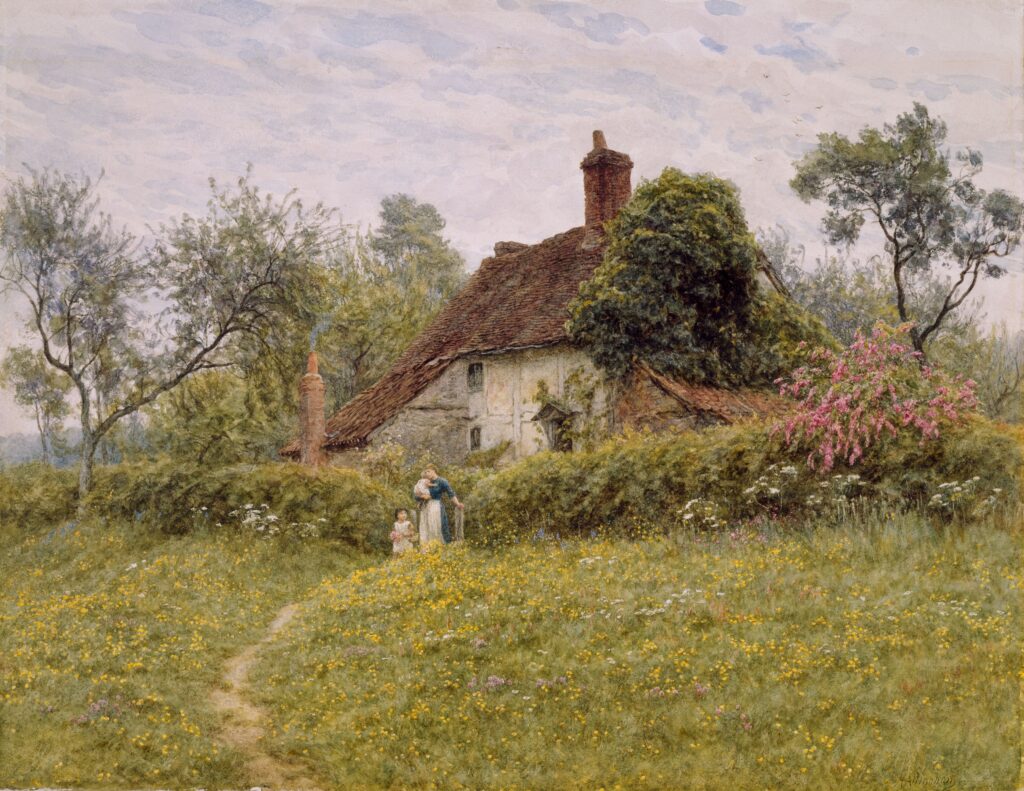
Discovering the Place Where Your Art, Well-Being, & the World’s Hunger Meet
“Those who have a ‘why’ to live, can bear with almost any ‘how’.”
― Viktor Frankl, Man’s Search for Meaning
Going Deeper
Reflection - The Three Aspects of Life Purpose
While there are countless methods and frameworks to support purpose discovery, at bottom, the process is quite simple. It comprises three aspects: vision, essence, and action.
Your vision includes the kind of world you want to create; your essence includes your core values, radiant energy, soul-level powers, and message; and your actions include your genius, mission, and vocation. Use the following prompts to flesh out your life’s purpose.
Vision. Vividly describe the big picture view of the kind of world you want to create. Example: “I envision a world of reverence towards life, where everybody effortlessly works towards the larger good.”
Essence. What are your deepest-held values? Examples: Compassion, justice, kindness, truth. What are your unique, soul-level powers, the skills and proclivities you were born with? Examples: Musicality, problem solving, listening, empathizing. What energy or “vibe” do you radiate, even when doing nothing in particular? Examples: Depth, love, joy, illumination. What is your message, the single truth you were meant to proclaim, described in a pithy statement. Example: The Buddha’s message was that awakening to the true self is possible and can be accessed when no longer clinging to anything as me or mine.
Actions. What is your genius, the specific activity you employ to transform those around you; your unique gift to the world. Examples: Motivating, helping birth the true self, confronting power, speaking truth. What is your mission, the tangible goal or assignment that moves you towards your vision? Example: The mission of Soulforce Arts is to reconnect artists with their Soulforce so we can create a more beautiful, harmonious world. What is your vocation, the specific job, channel, career, product, platform, or profession used to give form to your genius. Examples: Dancer, producer, content creator, activist, therapist, books, film, and other media.
Stay tuned for more blog posts and videos about getting to the heart and soul of creativity!
For more support in this process, download your copy of the Soulforce Arts Starter Kit, a free mini-course designed to help you reconnect with your Soulforce, the transformative energy essential to great art that matters. You can access the Starter Kit by signing up for the Soulforce Arts Institute’s email newsletter.
The above post is adapted from Chapter 5 “Your Artistic Purpose” of my book, “Soulforce: How to Discover Your Artistic Purpose, Create More Freely, & Make Art That Matters,” coming out in mid-2024.
Joseph Arnold, Violinist, Alexander Technique teacher, and Director of the Soulforce Arts Institute
SoulforceArts.com
SoulforceArtsCommunity.org
Image credit: Helen Allingham, mid-1800s


